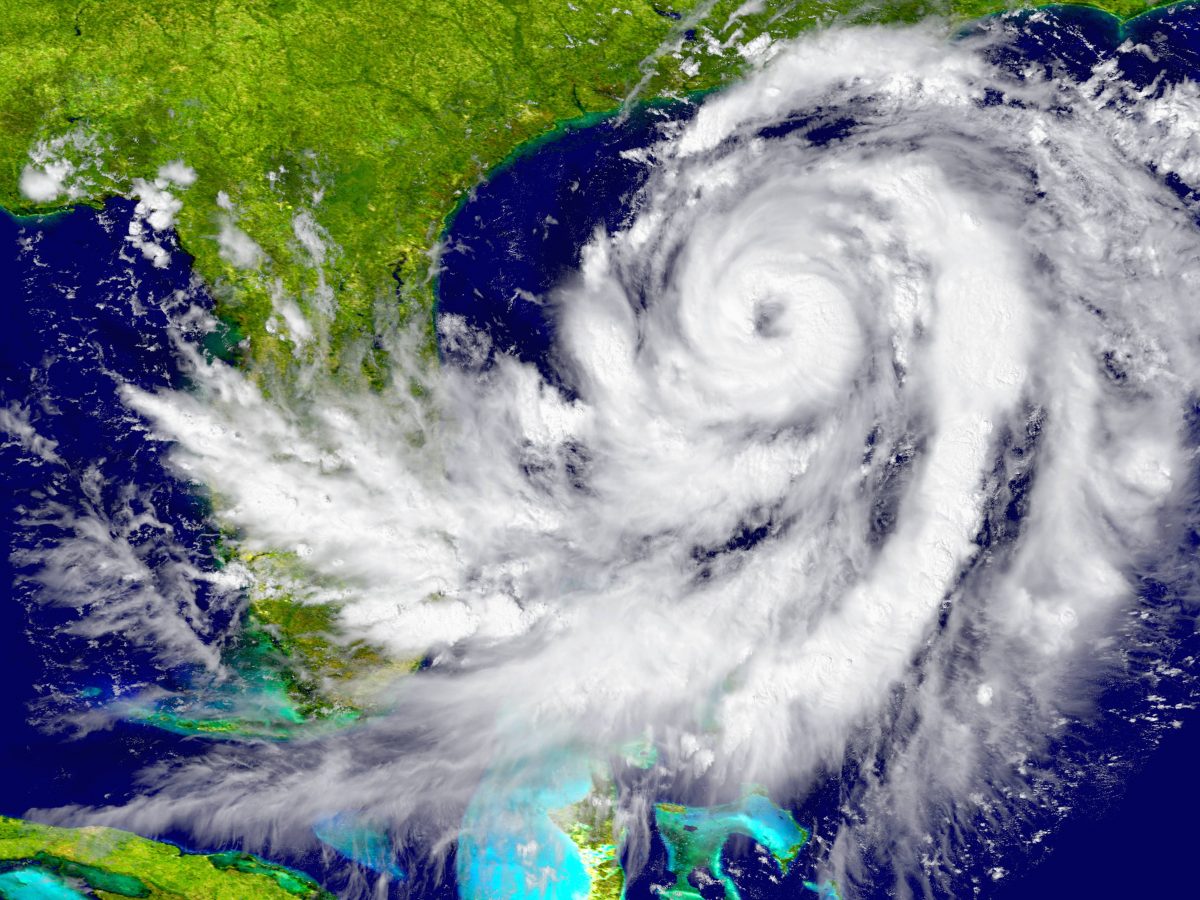June is the beginning of hurricane season for the East Coast, which runs to the end of November. Predictions this year are for an above-active season in the Atlantic: the Colorado State University expects 14 named storms, six hurricanes and two major hurricanes this season; the NOAA expects 11 to 17 named storms this season, more than the 30-year average for the Atlantic Basin; and the Weather Company predicts 14 named storms, seven hurricanes and three major hurricanes this season. With hurricane season upon us, it’s a good time to revisit disaster preparedness strategies for long-term care facilities, including assisted living and nursing homes where some of our most vulnerable populations reside.
The most important factor is for a facility to ensure its emergency plan is up to date – well in advance of the season. It only takes one storm in the area to make it an “active season.” Equally critical is conducting discussion-based training with the staff so everyone understands his or her roles and responsibilities. For example, specific individuals should be responsible for calling families in the event of an emergency, to stock additional supplies, implement back-up power plan to keep medical equipment running, and ensure there is a staffing schedule that could cover up to 10 days of impact, should the need arise. Plans are also needed for sheltering in place, and for evacuating residents to another center if necessary.
Evacuation
A big challenge for long-term care facilities is in deciding if and when to evacuate. Establishing the criteria for an evacuation to place is a critical component in disaster planning. Management must have a clear understanding of what triggers the decision to evacuate and be ready to implement the measures that follow this decision, such as transporting residents to a new location and having a point person to be the first on arrival to coordinate activities at the evacuation site. In addition, designated staff needs to remain to close the facility and be there to reopen it before the residents arrive. Families need to be notified of the evacuation. These are just a few of the considerations that go into planning for a disaster and should be reviewed ahead of time.
Communication is a vital issue not only during a hurricane but also in the aftermath. There may be no electricity, phones, faxes, and Internet, and cell phones may not work. To improve communication, facilities could designate a common hospital, where messages for local physicians, emergency personnel etc., could be left.
It’s also important in coastal areas for long-term care facilities to have relationships with their local Emergency Management and County Health Department partners. These relationships supported by a clear understanding of what can and should be expected between the facility and its partners during an emergency are critical to successful planning and implementation.
Of course, a facility’s staff has to be prepared for any curve balls thrown its way so it can handle the unexpected whether as result of Mother Nature or man-made.
It may have been a while since the last major disaster but awareness and preparedness are key in keeping long-term residents safe. Taking an all-hazards approach to disaster management and making sure the plan is updated is a critical functioning part of a facility’s clinical risk operations. Additionally, making sure the proper insurance program is in place is also essential. This includes having adequate Commercial Property limits, Flood insurance, Equipment Breakdown coverage, and Business Interruption insurance to name a few.
Caitlin Morgan specializes in insuring assisted living facilities and nursing homes and can assist you in providing insurance and risk management services for this niche market. Give us a call to learn more about our programs at 877.226.1027.


